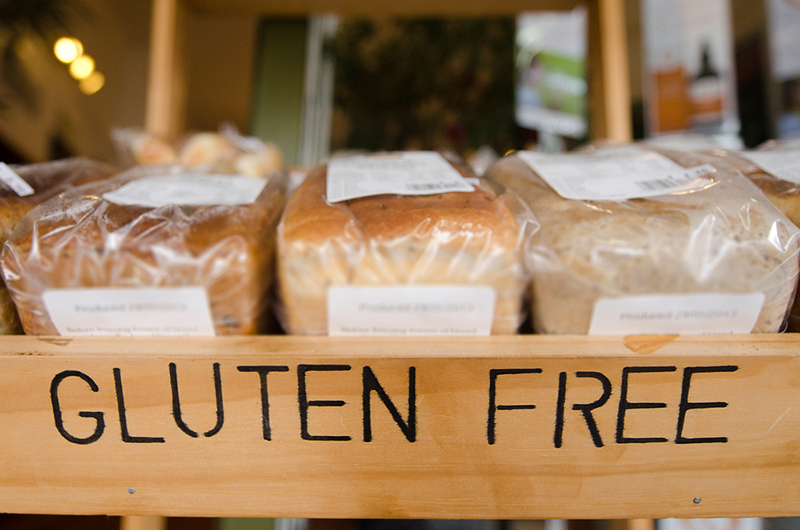In a study published in the Medical Journal of Australia researchers found 14 per cent of imported products claiming to be gluten-free (GF) weren’t actually GF according to Australian standards.
As part of the analysis, they examined 169 products which were manufactured overseas, labelled GF and being sold on Australian supermarket shelves.
“International food codes require that foods labelled GF contain less than 20 parts per million of gluten,” the report explained.
“In Australia and New Zealand, however, a no detectable gluten standard applies.”
Here products claiming to be GF must contain a maximum of 1 part per million of gluten, to protect the majority of patients who suffer from coeliac disease.
What does it mean?
Well, it’s inconvenient for people who’re highly gluten intolerant and relying on product labelling to choose the right foods. Coeliac disease sufferers can experience “abdominal discomfort, poor absorption of certain nutrients and changes in bowel habits” if they consume too much of the protein.
But, despite the results, one of the researchers behind the study, Professor Geoff Forbes, pointed out “there is an incredibly small amount of gluten in any food” and the products that didn’t meet Australian standards all still contained less than 1.5 parts per million of gluten.
“Coeliac patients should feel safe consuming most GF products purchased in Australia,” he said in a statement.
“It just depends what is a practical amount to be included and for a coeliac patient to be exposed to.”
While Professor Forbes wouldn’t reveal which products did and didn’t contain gluten, he told The Huffington Post the information was passed on to the regulatory authority and “it was their responsibility to deal with the brands”.
Australia has some of the strictest gluten standards
The Healthy Chef Teresa Cutter wrote an interesting piece about gluten before this research came out.
“To make a claim of being GF in this country, no detectable gluten may be present and a zero-tolerance rule is applied,” she wrote.
“Other countries allow for a little leniency and comply with the international standards of 20 parts per million of gluten, which they consider a safe level for individuals suffering from coeliac disease.”
She also reminded us that just because a product is declared GF, it doesn’t necessarily mean it’s healthy.
“Some of these foods contain preservatives, gums and sugars that are highly processed,” Ms Cutter said.
“My favourite alternatives to gluten are ingredients such as buckwheat, nuts and seeds, coconut, quinoa and brown rice that can be made into healthy breads and baked goods.
“The optimum GF diet is pretty simple: fresh vegetables, fruit, meat, fish, poultry, nuts, seeds and olive oil.”
The research on imported GF products has sparked debate over whether Australian standards should be relaxed. You can read more about it here.





